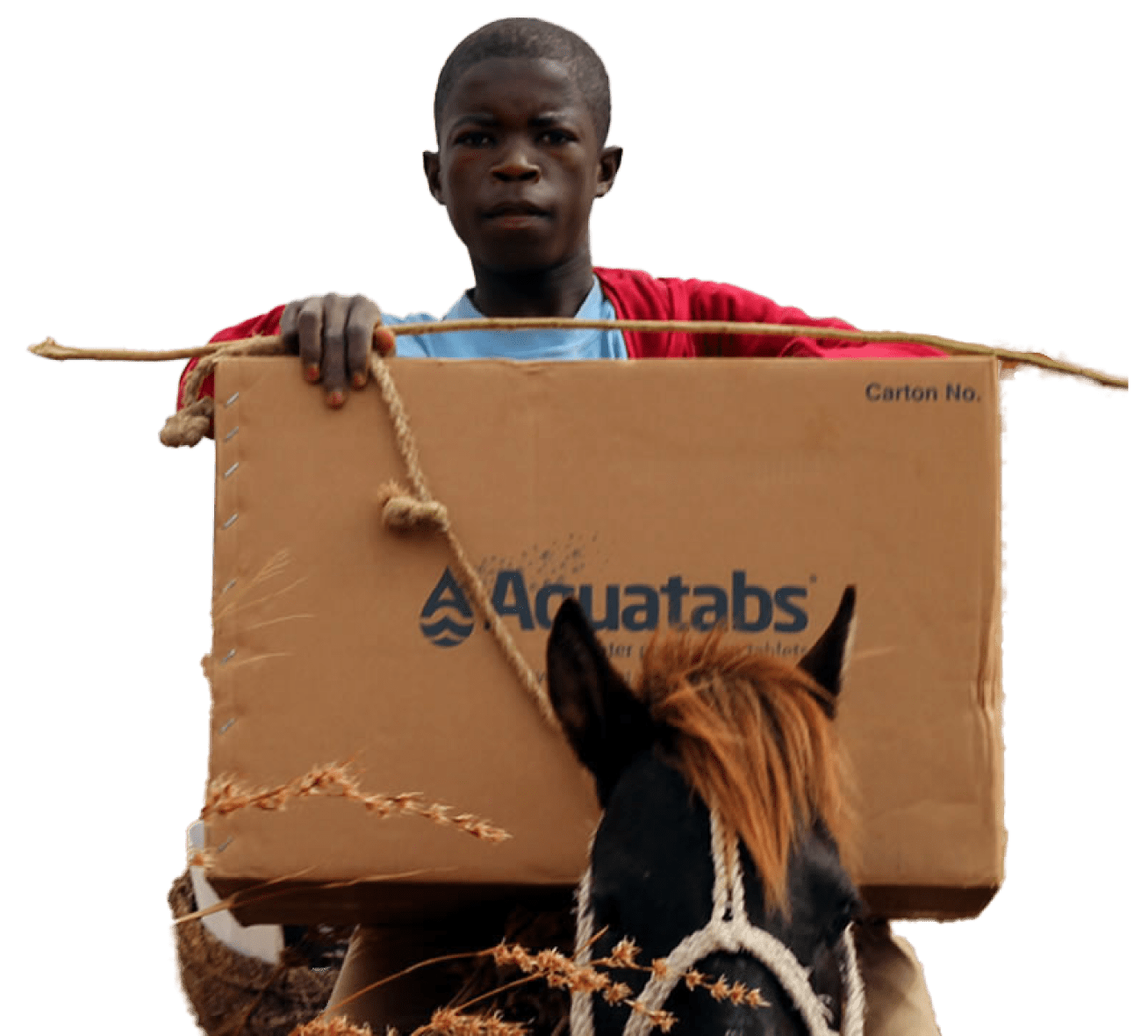Malnutrition
The 2021 global report on food crises reveals a worsening situation worldwide. Of the 55 countries facing food crises, 10 are in a state of emergency. Households in these countries experience high levels of acute malnutrition and require urgent supplies.
Causes of Food Insecurity
The main factors that exacerbate food insecurity have not changed. Prolonged conflict in many areas delays emergency operations in the field, hindering supply to critically vulnerable communities. Weather extremes, such as heavy rains and flooding, also contribute to the problem. Throughout 2020 These events devastate livelihoods and ecosystems, particularly in Africa, South Asia, Central America, and the Middle East. Add to the above the economic downturn following COVID-19, which has been the worst since World War II, and we just begin to understand the nightmare that over 155 million people are experiencing.
The Impact of Food Insecurity on Children
In the midst of all this are children who are facing severe acute malnutrition.
In 2020 15.8 million children under the age of 5 years old were suffering from wasting, half of those live in the 10 countries found to be in phase 3 or above on the integrated food security classification (IPC). Phase 3 classifies as “households experiencing food consumption gaps with high or above usual acute malnutrition, / accelerated depletion of livelihood assets / resort to crisis coping strategies”
Mum And Child
The first two years of a child’s life also know as the first 1000 days, are critical for cognisance. Malnutrition damages a child’s cognitive and physical development, it is mostly irreversible and leads to illness, severely depletes the quality of a child’s life and leads to inequalities in adult life.
A baby’s world revolves around the love, protection and nutrition mother provides. Good maternal health is essential for a healthy baby, yet breastfeeding women are projected to continue being acutely malnourished in 2021
“Diseases and a poor health environment are key drivers of childhood malnutrition” WHO Director-General Dr Tedros Adhanom Ghebreyesus
Children who are malnourished are further susceptible to, and have a higher burden, to debilitating water borne disease such as cholera and giardia. Limiting access to safe drinking water and RUTF (ready-to-use therapeutic food) significantly reduces their chances of survival. In the following link you will find a publication that demonstrates the impact of a WASH intervention in the management of severe acute malnutrition. In brief, the main robust conclusions were:
Point-of-use water treatment improves recovery rates among children with severe acute malnutrition in Pakistan : results from a site-randomized trial
Recovery rates 16.7- 22.2% higher among children receiving water treatment
- The intervention decreased the time-to-recovery (4.4 days; P = 0.038),
- It improved the recovery rate (10.5%; P = 0.034),
- It increased the absolute weight gain (3.0 g/d; P = 0.014).
Find the full publication here:
https://pubmed.ncbi.nlm.nih.gov/29488461/
We at Aquatabs are very much focused on playing our part, whether it be delivering
- SUSTAINABLEWASH water purification systems for schools and rural communities.
- Providing high quality affordable WASH’NUTRITION essential water and nutritional products.
- WASHINHEALTHCARE effective infection prevention solutions for hospitals and small communities while supporting social enterprises engaged in improving access to WASH services in developing economies.



